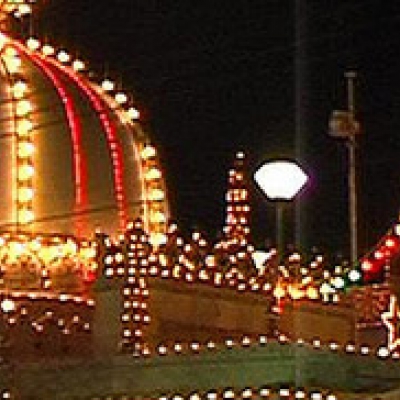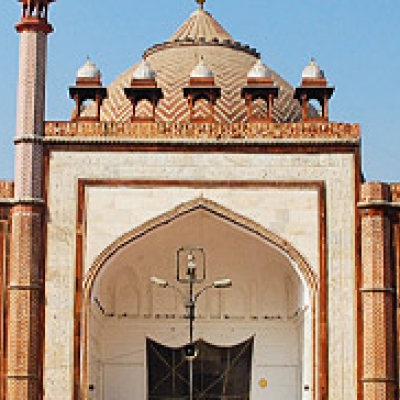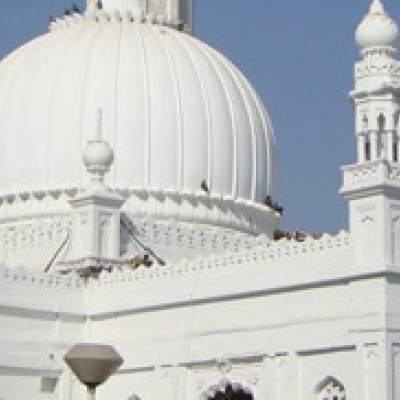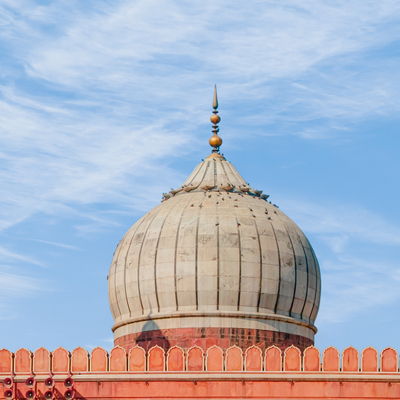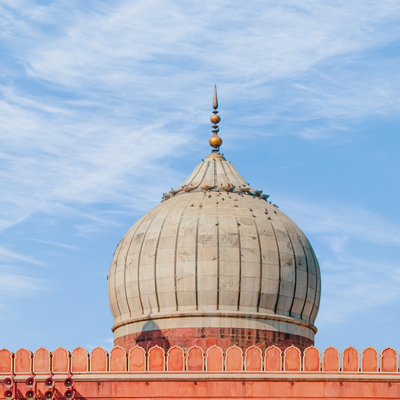India is a prominent destination for pilgrims of various religions, including Islam. The history of Islam in India traces back to the 7th century, when Arab traders established their presence in Kerala. Presently, India boasts one of the largest Muslim populations globally, exceeding 200 million followers. This community has significantly influenced the nation, notably through the proliferation of Muslim pilgrimage sites across the country.
India also houses numerous sacred sites that attract a multitude of Muslim pilgrims annually. One such prominent site is the Dargah Sharif in Ajmer, Rajasthan, serving as the final resting place of Sufi saint Khwaja Moinuddin Chishti. This shrine holds immense significance for both Hindus and Muslims, drawing individuals from diverse faiths seeking blessings and solace through prayers.
Situated on an island just off the coast of Mumbai, the Haji Ali Dargah is an exquisite mosque can be accessed via a walkway during low tide and by boats during high tide. Dedicated to the revered Sufi saint, Haji Ali Shah Bukhari, it serves as a symbol of religious unity, attracting individuals of all faiths who gather here to offer prayers.
In the northern part of India, the Jama Masjid in Old Delhi stands as a must-see for Muslim pilgrims. Constructed by the Mughal emperor Shah Jahan in the 17th century, this majestic mosque, also known as Masjid-i-Jahan Numa, ranks among the largest mosques in the country. Its architectural splendor and historical importance draw pilgrims and tourists alike, making it a popular destination.
A significant Muslim pilgrimage site in India, the Hazratbal Shrine, situated in Srinagar, Kashmir is believed to house a strand of hair from Prophet Muhammad's beard and is revered as one of the most sacred shrines in India for Muslims. The annual prayer gathering at Hazratbal Shrine during the holy month of Ramadan is a remarkable spectacle, attracting thousands of devotees who come to offer prayers and seek blessings.
For individuals interested in the history of Islam in India, a visit to Khuldabad in Maharashtra is essential. This town is renowned for its numerous tombs and mausoleums of Sufi saints, including the well-known Aurangzeb's tomb.
There are several other Islamic pilgrimages of great reverence in South India, one of which is the Urus, also known as Kanduri in local dialects. The Urus is a commemoration of the life and death anniversary of Sufi saints and is observed with profound devotion by Muslims. Notable Urus celebrations in South India occur at the dargahs of Hzt Bahauddin Sahib in Madurai, Khwaja Mumin Ansari in Melapalayam, and Hazrath Dastageer in Chennai. Kattu Nercha in South India, is an annual event honoring Imam Ali Ibnu Abi Thalib, the son-in-law of Prophet Muhammad. The primary congregation for the Kattu Nercha is held at the Palayam Juma Masjid in Thiruvananthapuram, Kerala.
One of the most visually striking and spiritually meaningful pilgrimages in South India is the Thangal Para Urus, which takes place in the picturesque hill station of Munnar in Kerala. This three-day festival commemorates the death anniversary of Sheikh Fariduddin, a Sufi saint renowned for his miraculous deeds.
